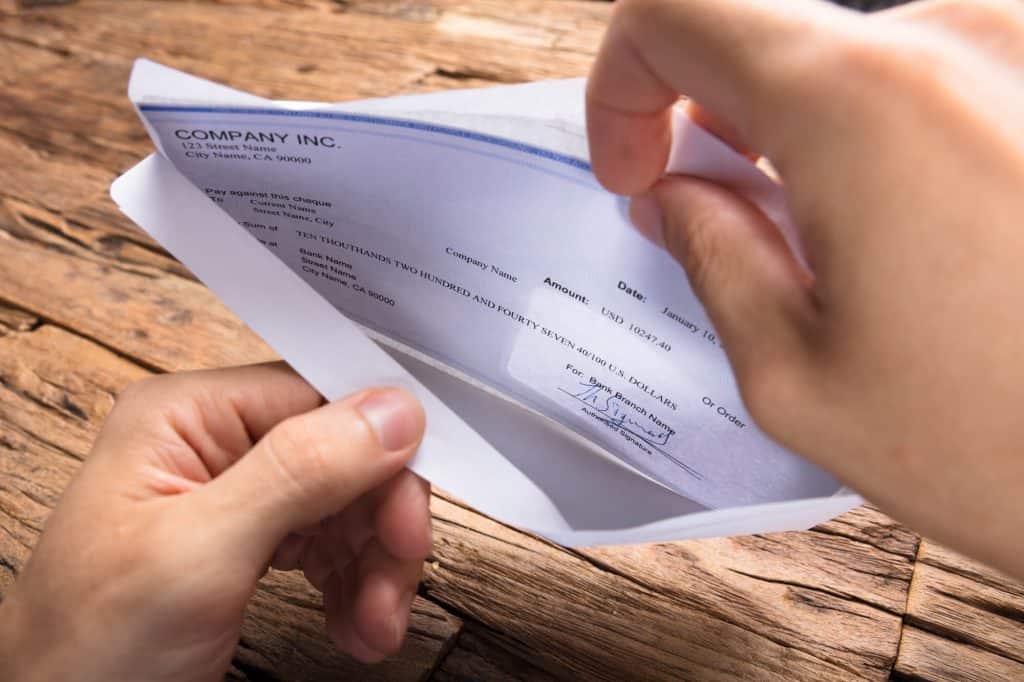Where Does My Money Go? Uncover Your Most Common Money Leaks

How To Uncover Your Most Common Money Leaks
At the end of each month, do you ever find yourself wondering where all your hard earned money went?
Do you feel like “oh my gosh; I am doing EVERYTHING RIGHT, I’m super frugal and smart with my money choices and still the savings don’t accumulate as fast as I would like?â€
Chances are a money drain exists somewhere in your MONEY EARNED to MONEY SPENT to MONEY SAVED funnel and if so, it is really important to identify it.
Money drains are those expenses that suck your money metaphorically down the drain without you even noticing it.
They seem harmless but are secretly insidious because when these expenses accumulate together they form a great chunk of your money WHICH COULD HAVE BEEN SAVED instead of wasted.
Discovering your financial drains will enable your money to work for you, plus help build your savings and reduce debt, instead of just disappearing into nothingness.
If it isn’t obvious to you right away (ahem takeaway coffees) what your money drains are, it may be necessary to do a little detective work to figure out where exactly your money is going.
Because if it is no longer with you, it has gone somewhere – you just need to find out where those leaks are!
The best way to get a handle on your finances if you ever wonder “WHERE DOES MY MONEY GO?” is to get everything accounted for first and then move forward toward your financial goals from there.
Try these tips to help you identify your money drains and improve your financial outlook with a family-friendly budget if you ever wonder “WHERE DOES MY MONEY GO?”:
1 – Calculate all income.
First things first – you need to look at how much money you actually have coming in each month.
Do you know what the actual total is?
Does this amount vary month to month?
Calculate all sources of income for your household.
Don’t leave anything out!
Be super thorough when it comes to putting together a chart listing all your income sources and amounts for the past 30 days.
This will give you an idea of how much money is coming into the household, which is the first step to determining how much money is going out.
2 – List your expenses
Next step, this is the fun one!
What regular expenses are you actually spending your money on?
Do you even know what they are or how much they add up to?
List all of your regular monthly expenses such as rent or house payments, car payments, credit card and loan payments, gas, food, utilities, cable, internet and others.
Try to list exact numbers, or estimate if your expenses vary. This will give you a good idea of what your basic expenses are.
3 – Track every penny
Yes I want you to track EVERY SINGLE PENNY you spend.
The easy part is knowing your income and basic expenses – that stuff you can see on paper.
The hard part is working out all the behind-the-scenes spending that happen which isn’t accounted for in advance.
Spend an entire month tracking every cent that you spend.
If the idea scares you it might be because the results will scare you (am I right?)
Write down your beginning balance and then note every dollar that comes in and every dollar that goes out.
This is the key to determining where you’re losing money. It really is!
If you don’t want to write all this down onto paper (because this can be tricky when on the go) use a money tracking app instead.
4 – Interpret the results
Now that you have all the information you need – money earned, regular expenses and incidental spending accounted for – it is time to look at the final figures.
Compare how much money you’re bringing in to how much you’re spending every month on bills and other expenses.
MONEY IN VERSUS MONEY OUT
Are you spending beyond your means?
Are you failing to allocate money FIRST towards savings, investments, and retirement and just wishing and hoping something remains at the end of the month?
If you have money drains, it is time to determine what they are.
Take a look at your expenses – usually the incidental ones – and ask yourself did you buy anything that was unnecessary.
Did you spend $4.00 on an iced latte Monday through Friday when you could have made a coffee at home or in the office?
That $80 is now gone forever from your account.
Did you spend more money on eating out than you expected?
Did you grab a quick soft-drink or something from the gas station that seemed important at the time but looking back on it now you could have easily skipped the extra cost?
5 – Put this information to good use
Armed with your written guide to your income and expenses, from here on you can control your finances more effectively.
Remember numbers don’t lie!
They will still exist even if you pretend not to notice them.
Once you have this information laid out in front of you, you can go through the figures and identify your true money drains.
6 – Next you need to determine ways to reduce these money drains
Can you brew coffee at home to save money every week?
Can you cook at home to save money on eating out?
A few dollars saved every month in different areas of your budget can definitely add up to your benefit.
The goal is to minimize the damage these money drains do to your bottom line at the end of every month.
If these money drains are successfully avoided, they could add an additional $100, $200 or $500 to your savings.
If there are holes in your drain, it is time to seal those holes to stop the leaking!
Honestly your financial future will shine so much brighter when you are in control of your spending habits and don’t turn a blind eye to the money drains that you refuse to see.
If you enjoyed this post, please feel free to share it!








